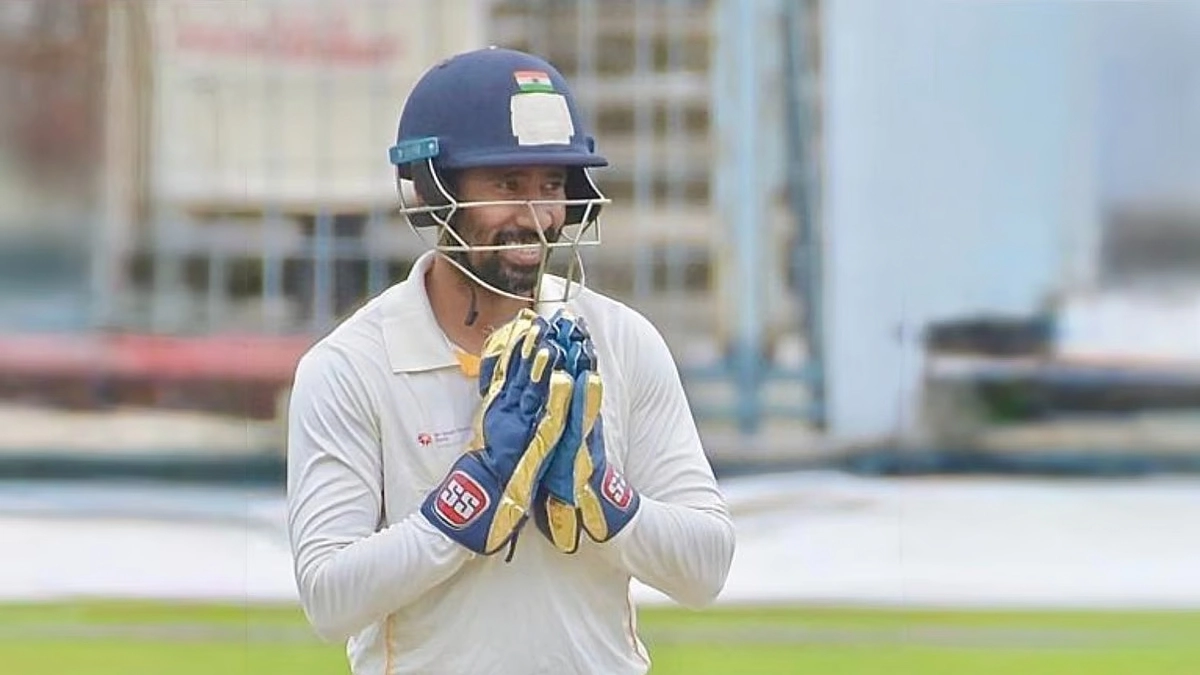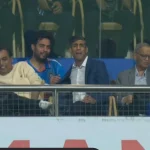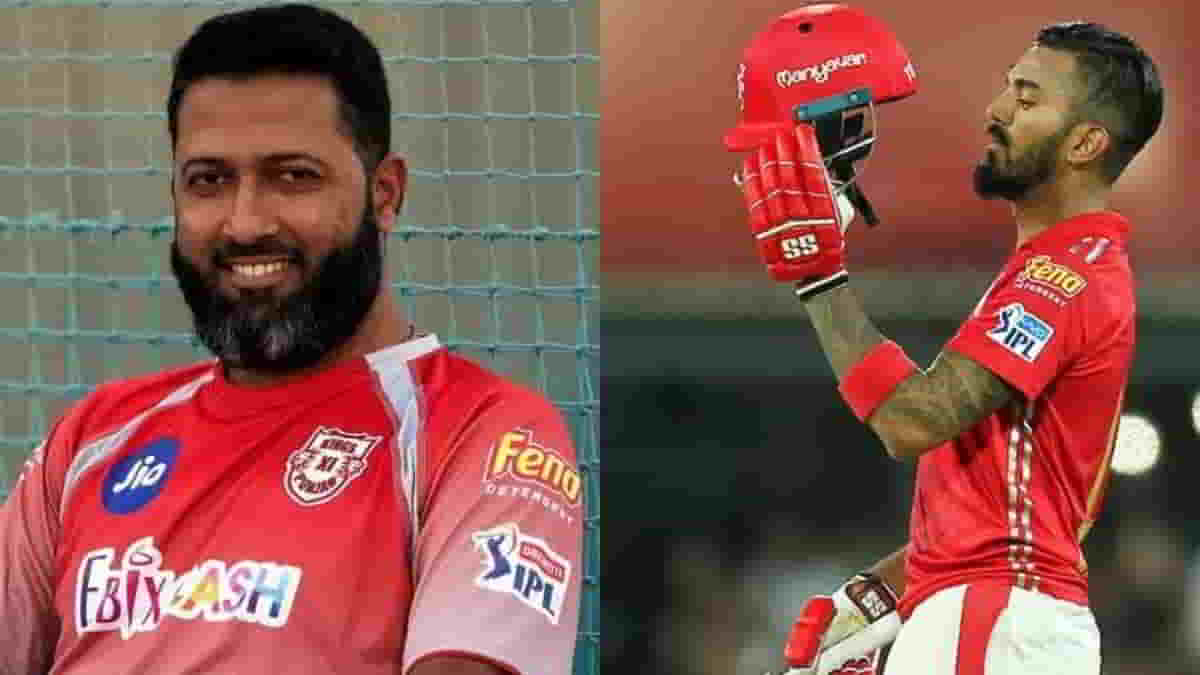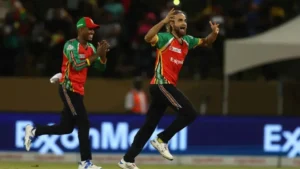Wriddhiman Saha, India’s unsung cricketing hero, has finally hung up his gloves. Known for his artistry behind the stumps and resilience with the bat, Saha’s career is a story of determination, grit, and unheralded brilliance. With his retirement, India bids farewell to one of its most skilled wicket-keepers, a man who operated quietly but left a profound impact on the game.
The Understated Final Day of Wriddhiman Saha
Saha’s final day on the domestic circuit was a reflection of his career—understated and humble. There were no grand farewells at the Eden Gardens, no flood of social media tributes, and no dramatic send-offs. Just like countless other days, he stepped onto the field, blending into the background. His last appearance was marked by a seven-ball duck and two catches, not from his traditional spot behind the stumps but from the outfield, signaling the closing of a remarkable chapter.
Saha’s Battle with Time
At 40, Wriddhiman Saha’s body had begun to show signs of wear – his knees protesting against the rigors of wicket-keeping. He acknowledged the limitations, understanding that his wicket-keeping prowess had faded and his batting had lost its earlier fire. Yet, he carried no bitterness, embracing the accomplishments of his journey.
Despite a lingering frustration at being dropped prematurely from the national team, Saha expressed gratitude for his career. “I still had two-three years left,” he would often mention, but the satisfaction of having represented India in 40 Tests offered him solace.
A Career in the Shadows
Throughout his career, Saha lived in the shadows of Indian cricket’s larger-than-life figures. From MS Dhoni to Rishabh Pant, the focus was often on others, while Saha quietly performed with precision. Despite limited opportunities, Saha showcased his class whenever given a chance, proving his skill not only as a wicket-keeper but also as a gritty batsman.
The Journey from Siliguri to International Fame
Hailing from Siliguri, Wriddhiman Saha’s rise was anything but easy. His early days in Kolkata’s Koley Market, where he shared a room with six other cricketers, shaped his resilience. His 40 Test appearances, three centuries, and 104 dismissals are testaments to the fact that despite the odds, he carved a niche for himself in Indian cricket.
Saha’s limited-overs career, though, never quite took off, raising questions that remain unanswered. Despite his impressive performances in the Indian Premier League (IPL), his international career in the shorter formats never matched his Test credentials.
The Perfect Gloveman
Wriddhiman Saha’s wicket-keeping was an art in itself, a skill honed through years of discipline and dedication. His techniques were classical, focused on function and precision rather than flamboyance. His movement behind the stumps was subtle, his footwork impeccable, and his judgment flawless.
Mastering the Technique
Saha never relied on theatrics; he was a minimalist. His catches, especially the difficult ones, seemed almost effortless due to his perfect positioning. He had an extra half-second to judge the ball, allowing him to make even challenging catches look routine. While other keepers dived flamboyantly, Saha remained grounded, proving that less can sometimes be more in wicket-keeping.
Battling with the Bat
While his wicket-keeping was his calling card, Saha’s batting was no less impressive. He took on the world’s best bowlers, often in testing conditions, and proved his mettle with the bat. His gritty centuries in St. Lucia and Ranchi helped India avert defeats, underscoring his value as a lower-order batsman.
Grit and Granite: Saha’s Batting Style
Saha’s approach to batting was grounded in resilience. He absorbed blows from fast bowlers, counter-punched when necessary, and often outlasted the top-order batsmen with his solid technique. While Dhoni and Pant drew the headlines, Saha’s contributions were equally crucial, though often overlooked.
Wriddhiman Saha: A Legacy Beyond Numbers
Saha’s cricketing legacy isn’t just about the statistics—it’s about the quiet, unassuming excellence that defined his career. He was not one to chase records or bask in the limelight. For Saha, it was always about giving his best on the field, whether behind the stumps or with the bat.
Unsung, But Never Forgotten
Although he played in the shadows of some of India’s most iconic cricketers, Saha’s contributions will never be forgotten. His wicket-keeping set a benchmark for generations to come, while his batting grit added value to India’s lower order. As history looks back at Saha’s career, it’s clear that he was more than just a bridge between Dhoni and Pant—he was a craftsman of the highest order, leaving behind a lasting legacy.
ALSO READ: Rishi Sunak at Wankhede with Ambanis for IND vs ENG Clash





























